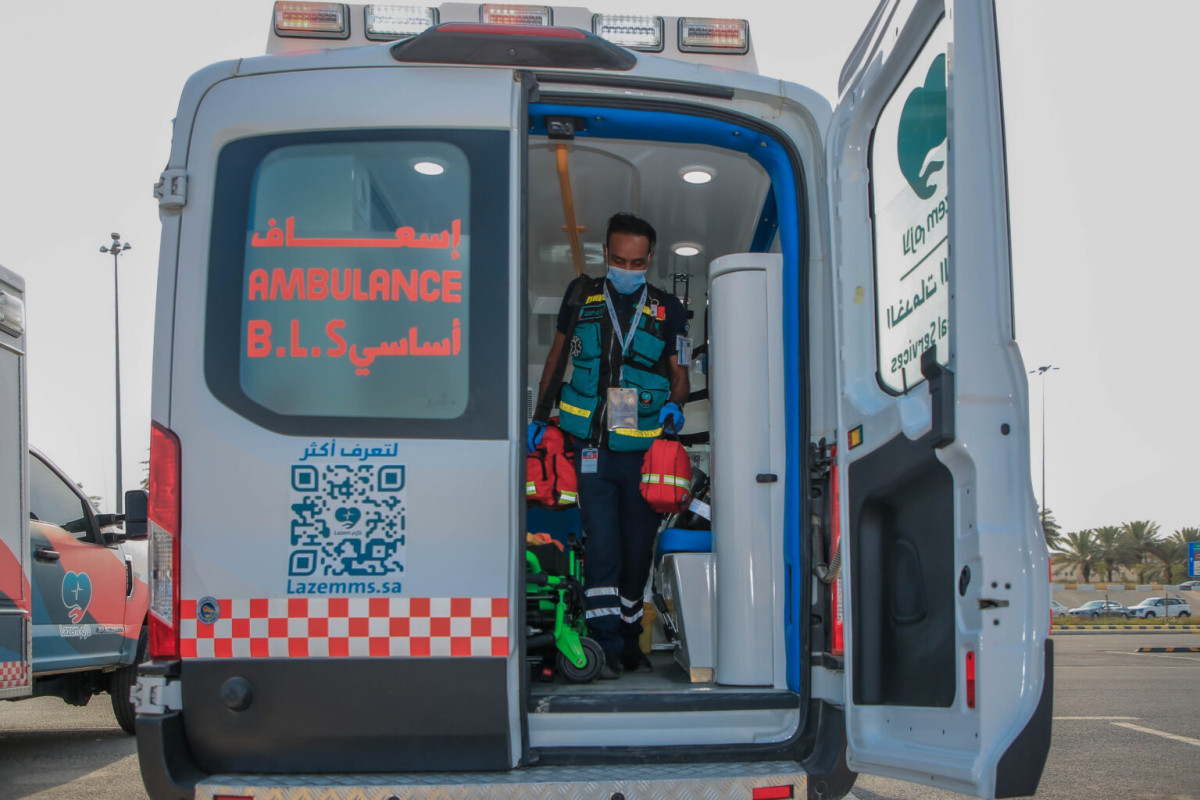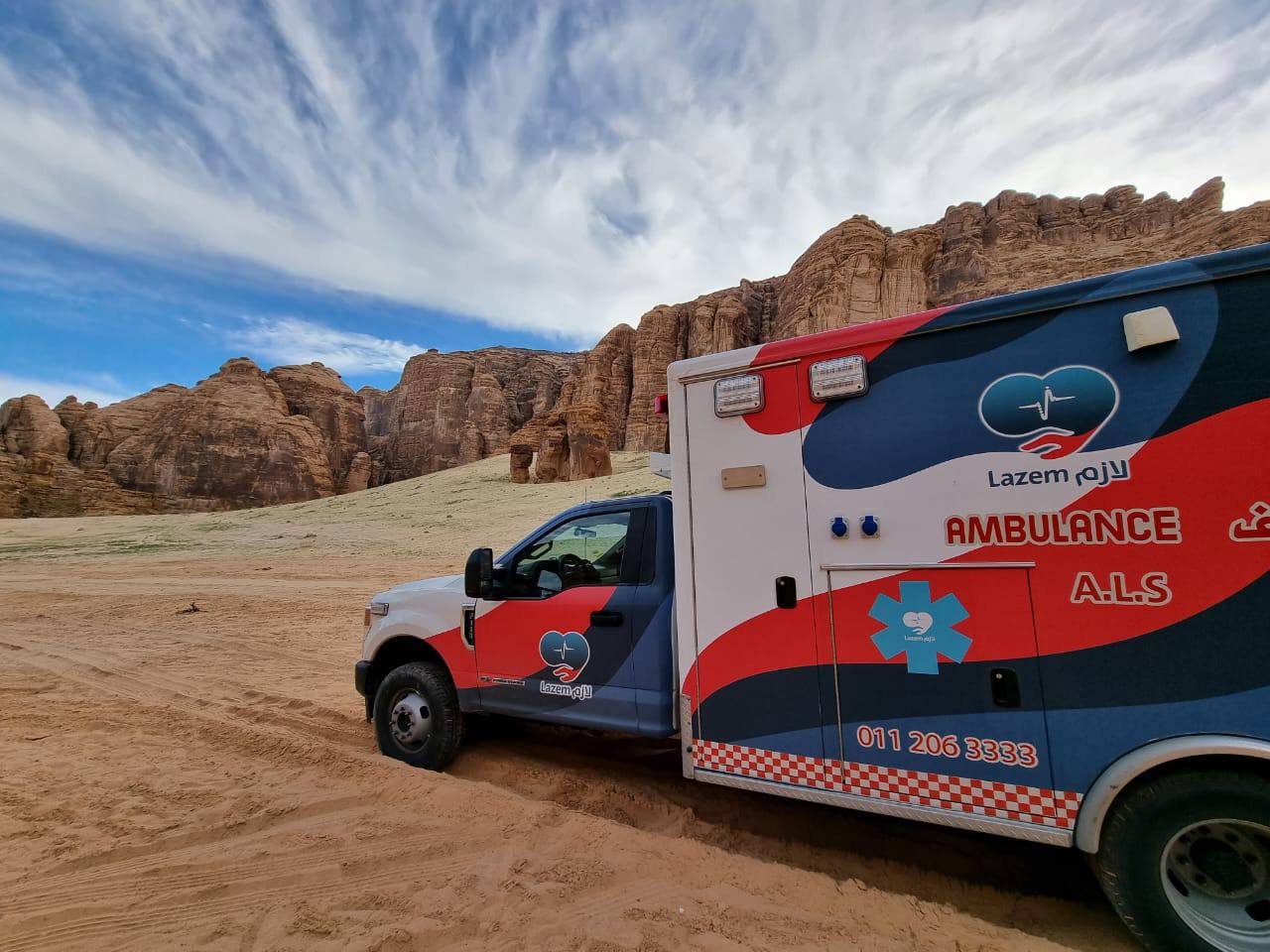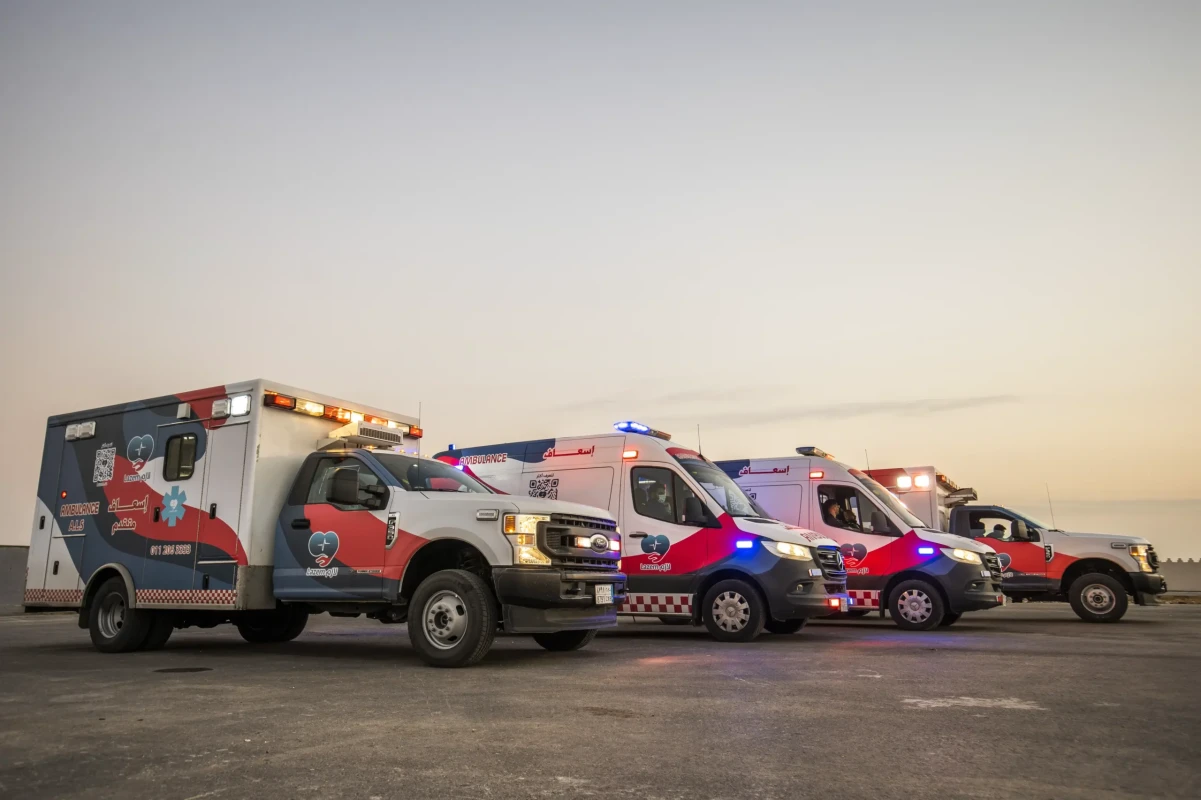Types of Ambulances and Their Features
Ambulances play a vital role in emergency medical services and transporting patients quickly and safely to hospitals. Ambulances vary in type depending on the level of care and equipment they provide. In this article, we will discuss two main types of ambulances based on the level of care they provide: Basic Life Support (BLS) and Advanced Life Support (ALS), explaining the uses and features of each.
1. Basic Life Support (BLS) Ambulances

Usage: Primarily used for non-emergency, stable cases that do not require complex medical care during transport.
Features:
Basic medical equipment: Equipped with simple ventilators, pressure monitors, and automated external defibrillators (AEDs).
Staff: Operated by EMS professionals, but may also be operated by Emergency Medical Technicians (EMTs) trained to provide basic life support techniques such as oxygen administration, wound dressing, and basic first aid.
Details:
Medical interventions: Include oxygen administration, respiratory support, dressing simple wounds, and basic examinations to monitor the patient's condition.
Common uses: Transporting stable patients who do not require complex medical intervention, such as transporting patients between medical facilities or transporting patients home after treatment.
2. Advanced Life Support (ALS) Ambulances

Use: Used in more serious emergencies that require advanced medical interventions during transport.
Features:
Advanced medical equipment: Contains advanced cardiac monitoring devices, advanced airway management equipment, intravenous supplies, and emergency medications.
Staff: Includes highly trained paramedics in emergency medical services, and sometimes includes advanced doctors or nurses.
Details:
Medical interventions: Includes administering intravenous medications, endotracheal intubation procedures, defibrillation to treat cardiac arrhythmias, pain management, and advanced care for emergencies such as heart attacks, major injuries, and strokes.
Common uses: Dealing with critical cases that require continuous monitoring and complex medical interventions during transport to the hospital, such as severe heart attacks, major trauma, and critical respiratory conditions.
Conclusion
Ambulances vary in type based on the level of care they provide, with each playing an important role in the emergency healthcare system. Basic ambulances (BLS) provide initial medical care for stable cases, while advanced ambulances (ALS) provide complex medical care for critical cases. Equipping these vehicles with appropriate medical equipment and manned by trained medical teams ensures that the best care is provided to the injured and sick in critical times.
 English
English
 العربية
العربية
 中文語言
中文語言



Add New Comment